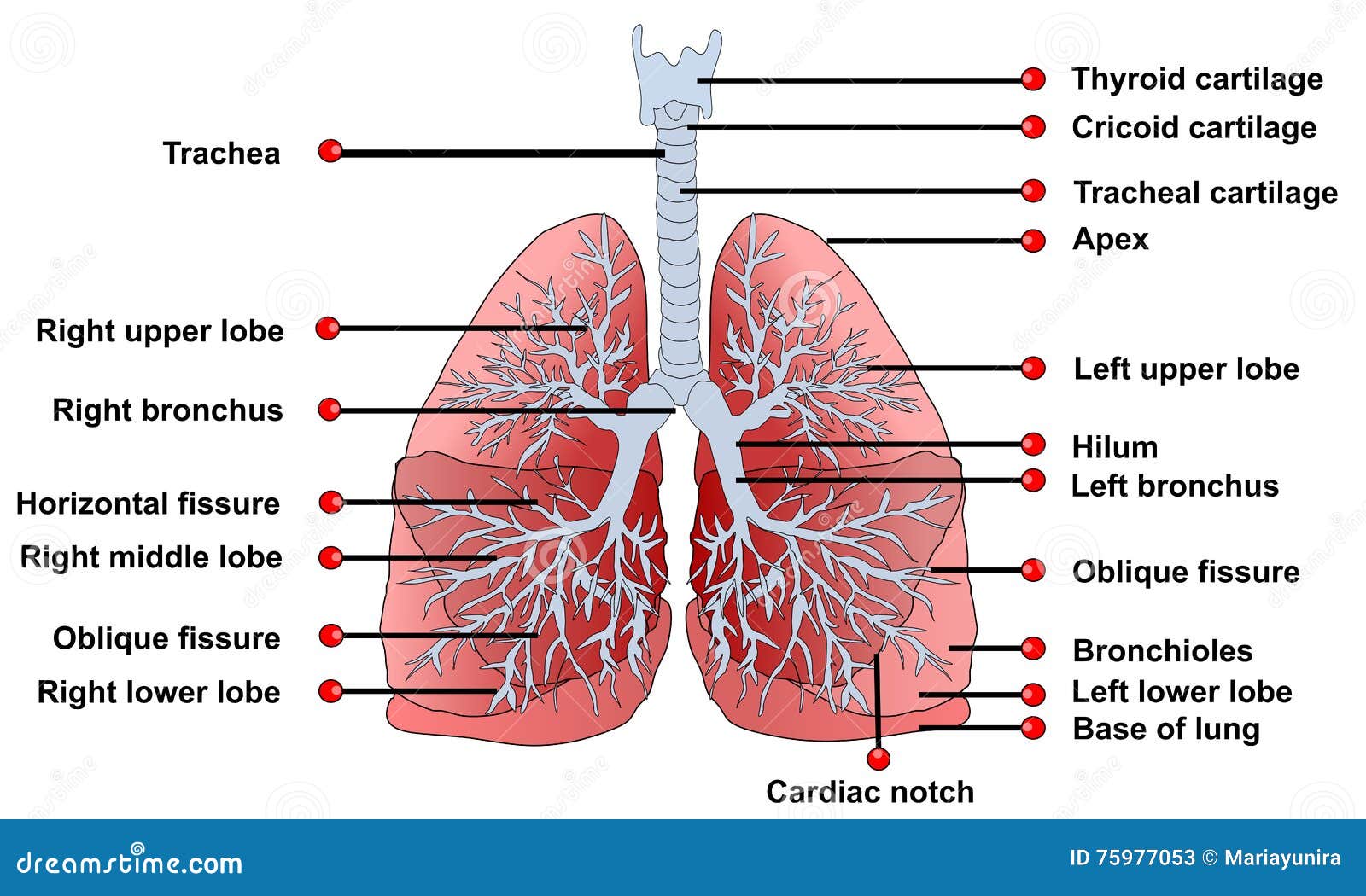
Considered for patients refusing/ not fit enough for surgery.VATs with pleurectomy and pleural abrasion (better tolerated).Open thoracotomy and pleurectomy (give lowest recurrence rates).Those with persistent air leak at 48 hours should be discussed with thoracic surgeons.High volume low pressure suction systems.See page on pleural drain here and pleural aspiration here.Needle aspiration or chest drain ( see BTS algorithm below).

Patients with primary or secondary pneumothorax and significant breathlessness should undergo active intervention.Observation In small primary pneumothorax without significant shortness of breath.> 2cm rim between lung margin and chest wall at the level of the hilum.To look for causes of persistent leak in patients with non-resolving pneumothorax.Can be useful to differentiate bullae from pneumothorax.Can be helpful to look for iatrogenic pneumothorax following US guided drain insertion/ pleural biopsy.In supine films, look for deep costophrenic sulci, darkened lung field and prominent heart border.2cm is approximately equal to 50% lung volume lost.Size can be estimated by depth of rim at hilum.Will show characteristic rim around outside of lung.Hypoxia, severity dependent on size of pneumothorax and respiratory reserve.Raised JVP, pulsus paradoxus, marked tracheal deviation, Tachycardia >135, hypotension, distended neck veins.


Tension pneumothorax is more likely in this group.Marfans, Ehlers Danlos, Psuedoxanthoma elasticum.COPD, Asthma, Lung cancer, Pulmonary Fibrosis, TB, Sarcoid, CF, PCP.Thought to be due to congenital weakness of a pleural bleb.Smoking increases the risk of pneumothorax.Tension: mediastinal shift and respiratory compromise.Secondary: underlying lung disease e.g.Air in the pleural space leading to lung deflation.


 0 kommentar(er)
0 kommentar(er)
